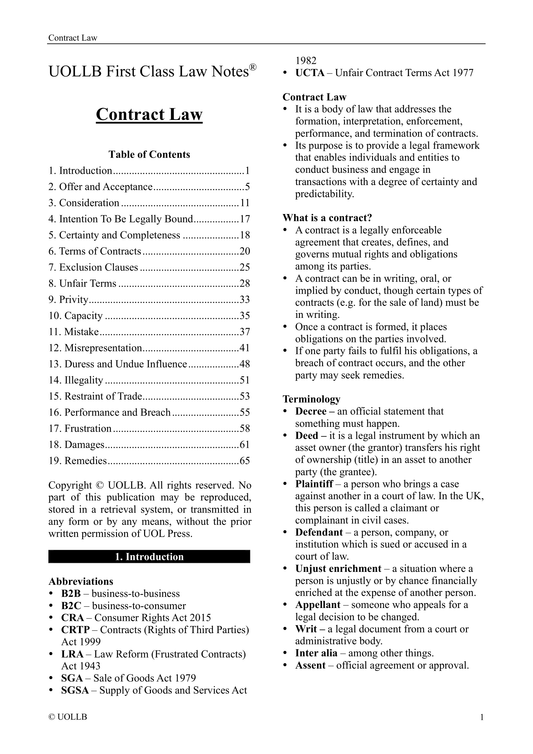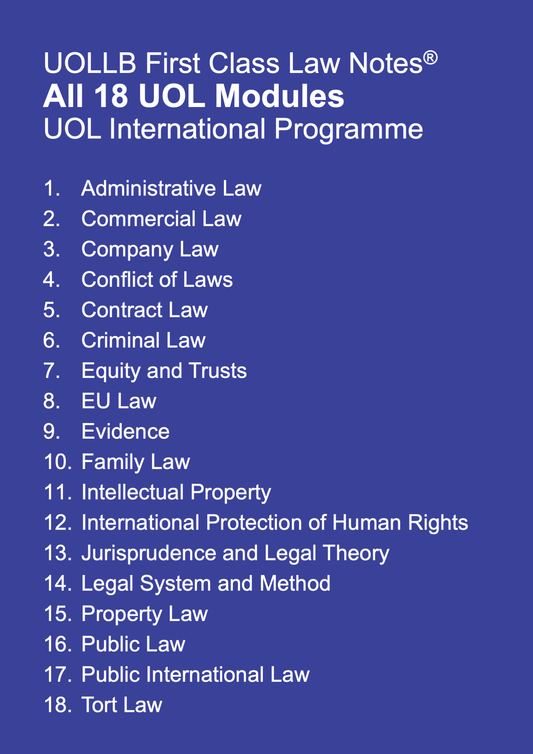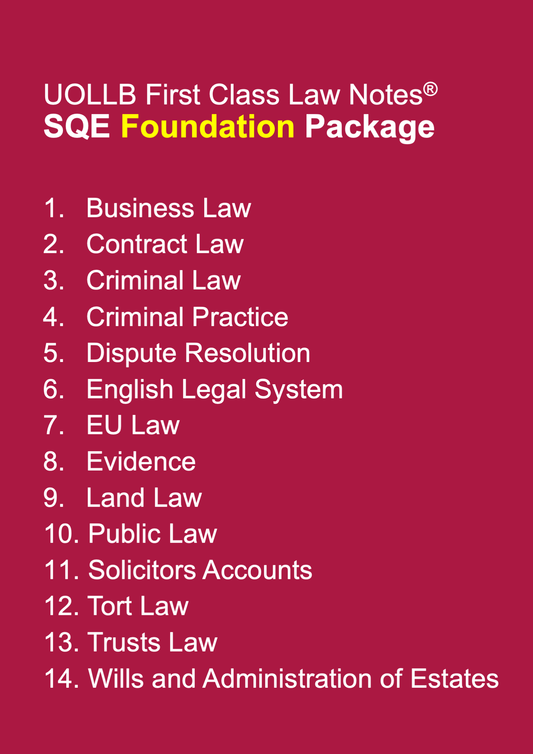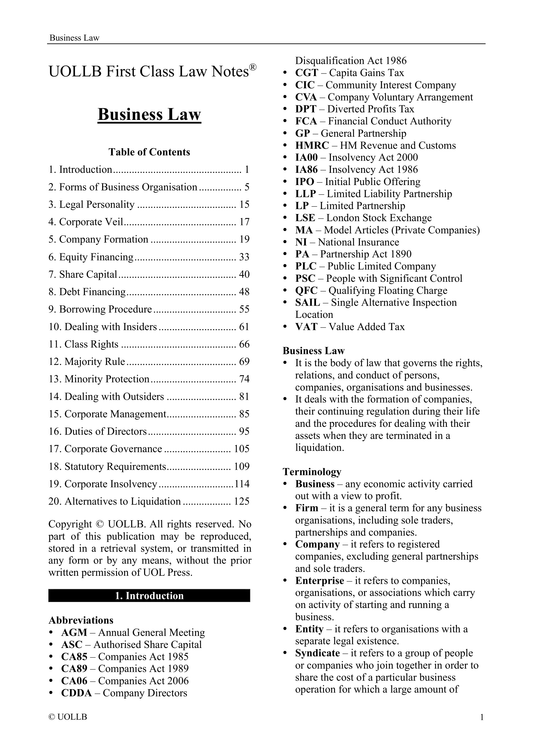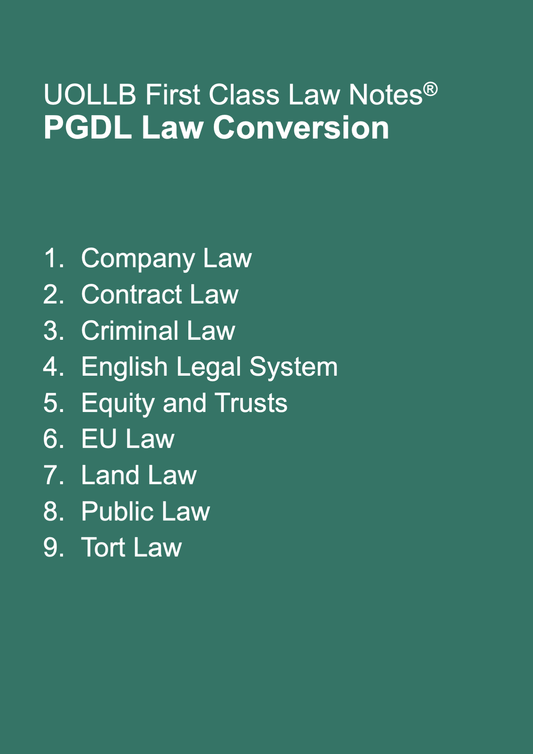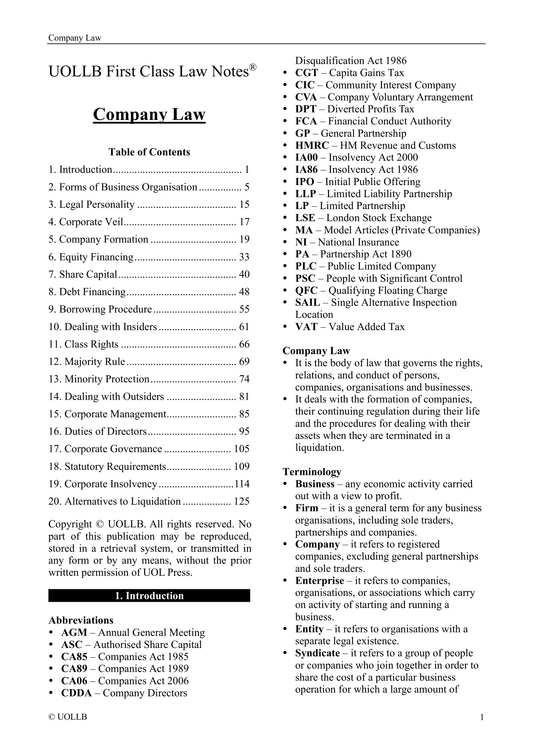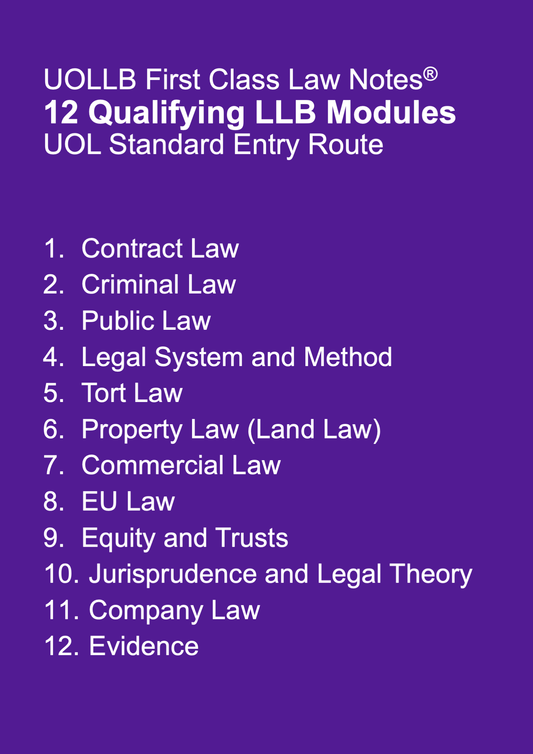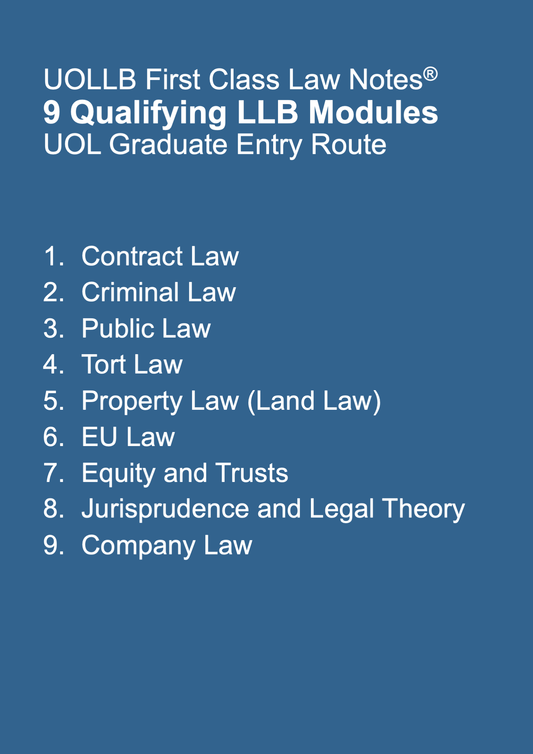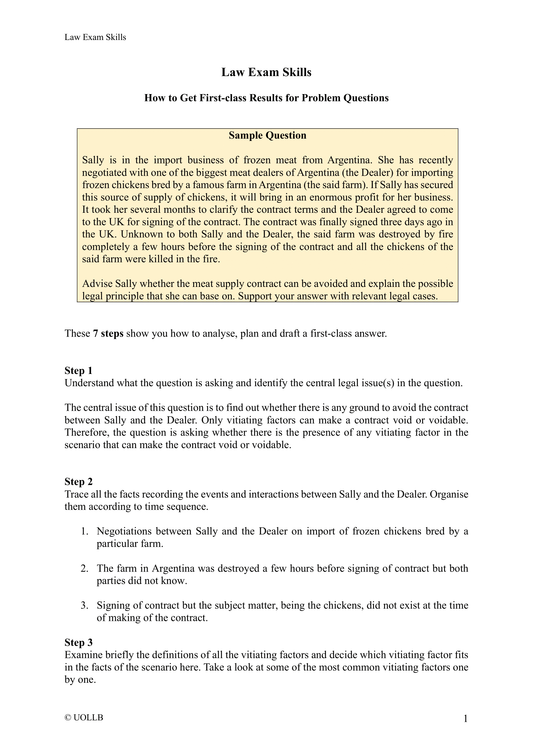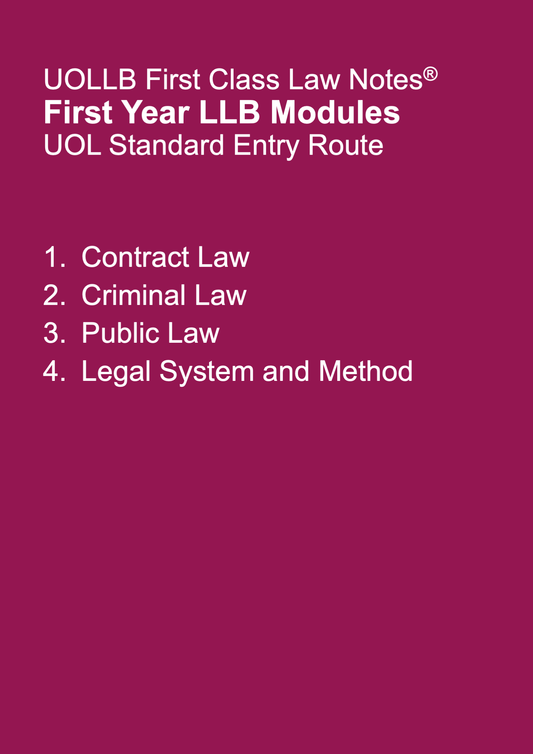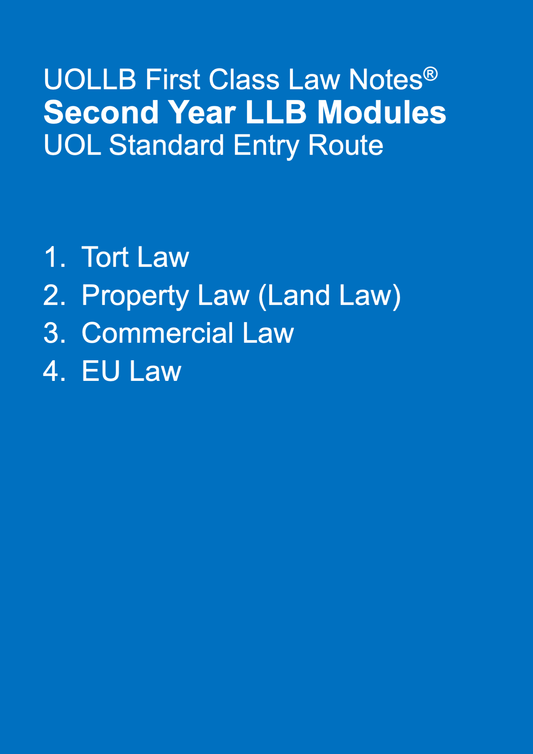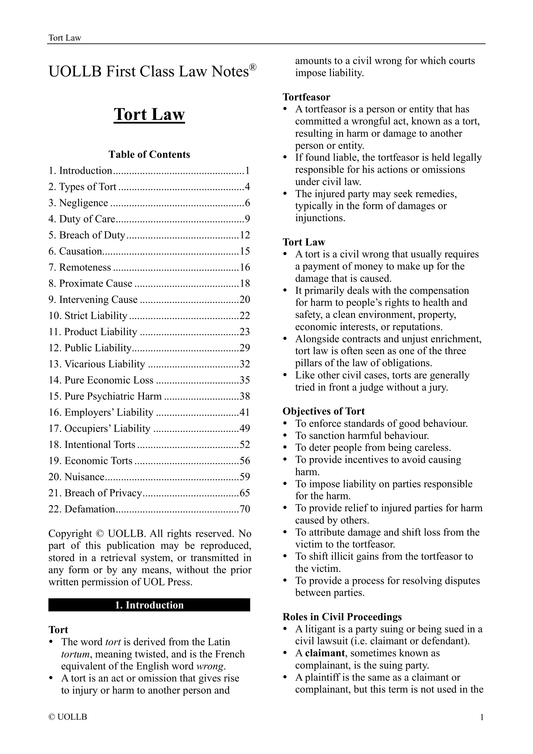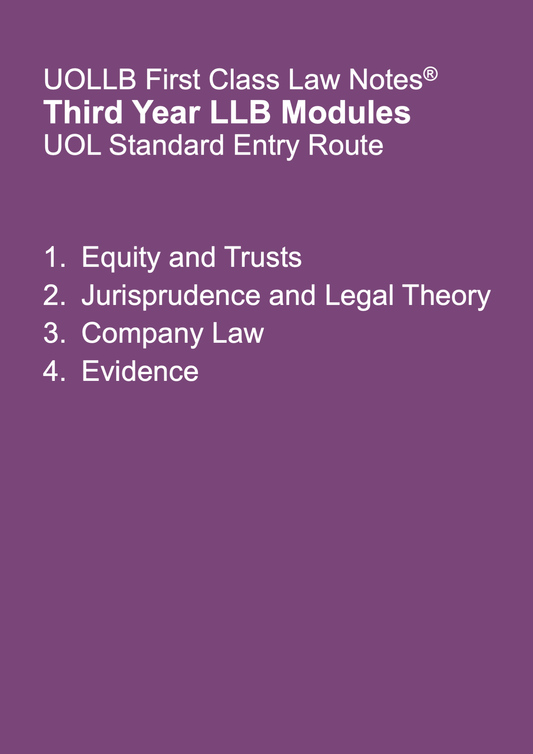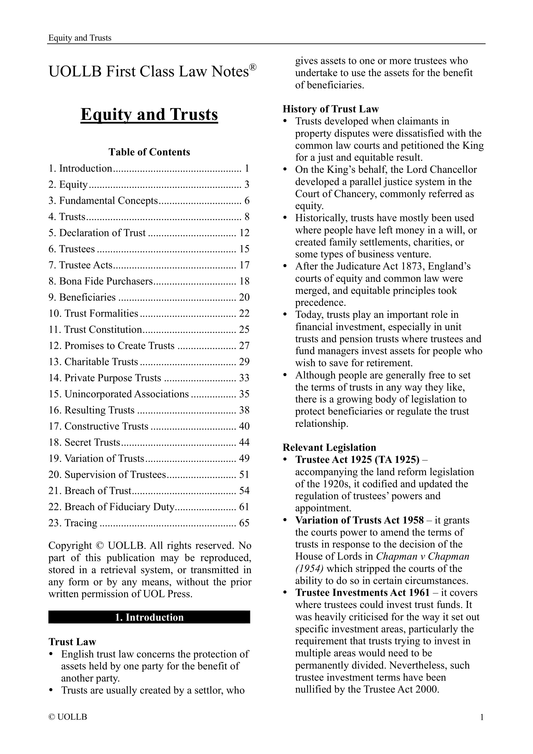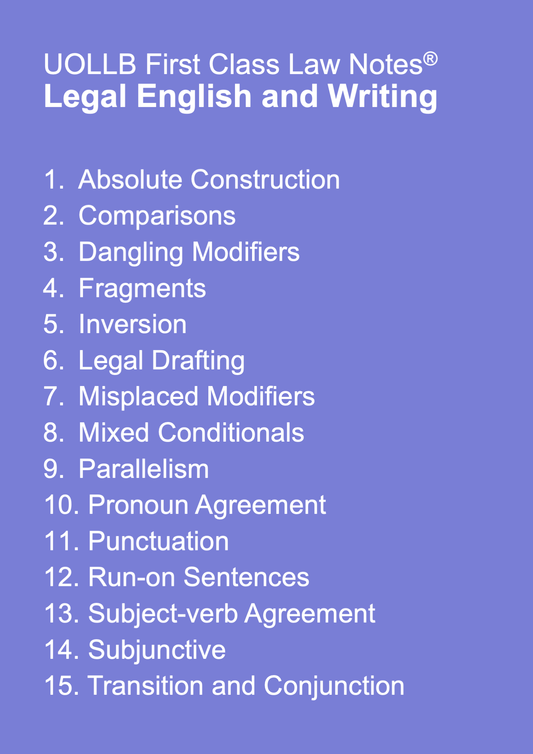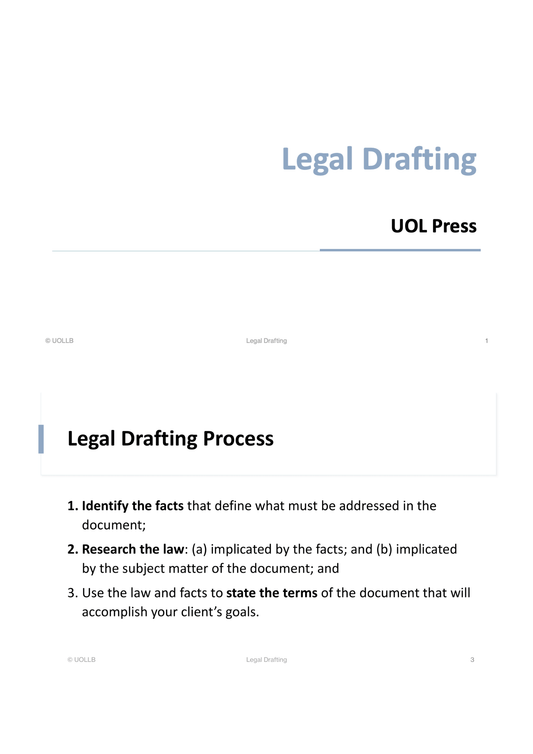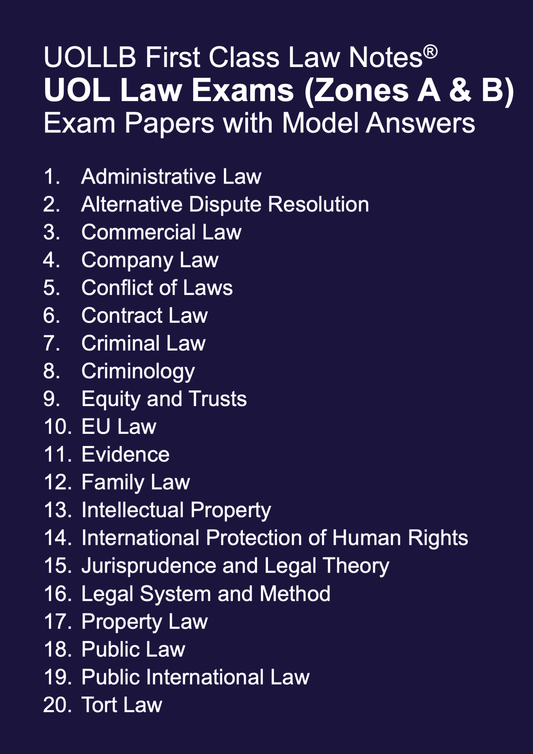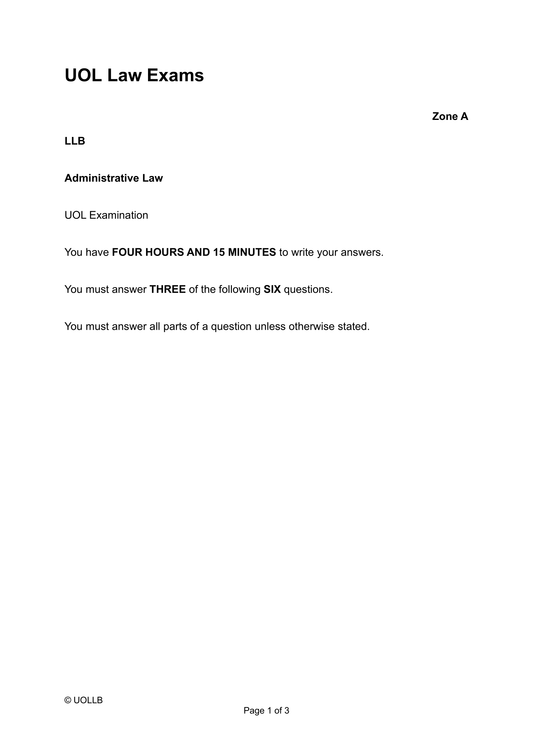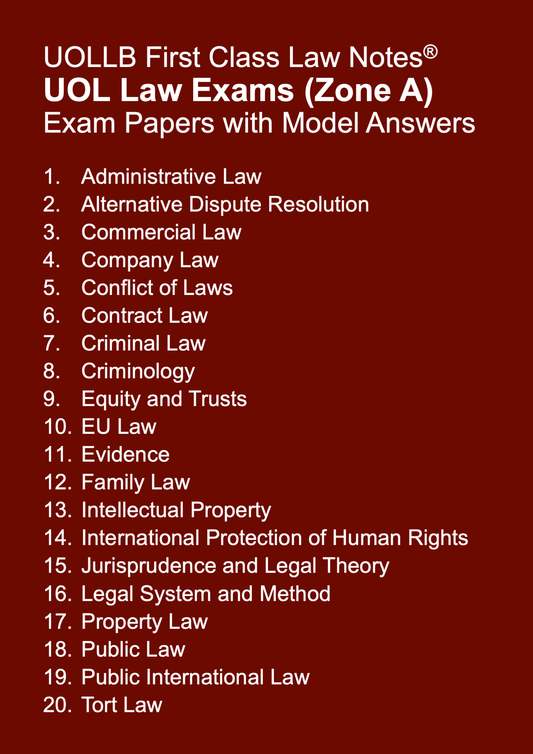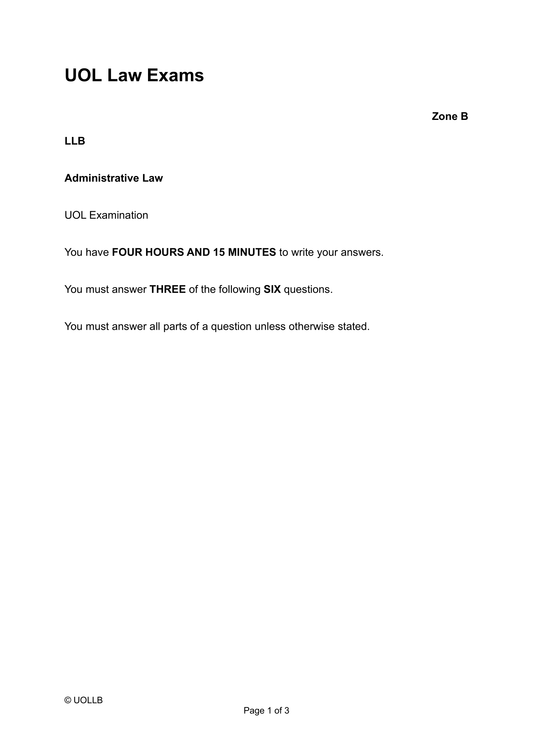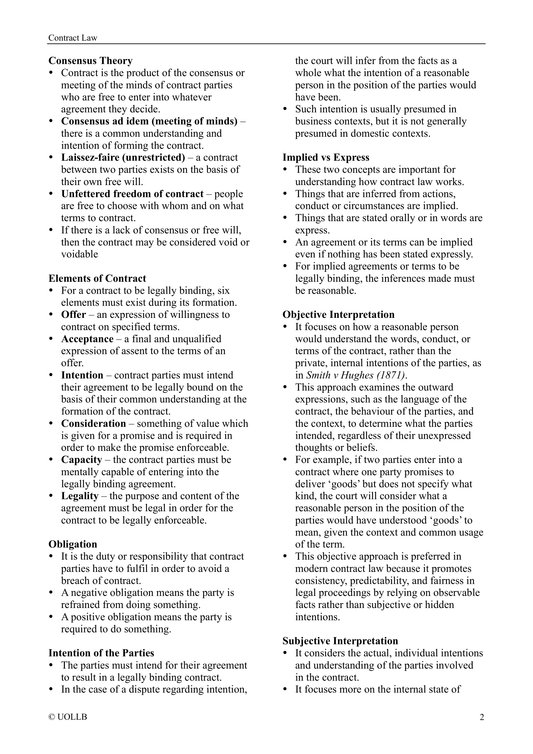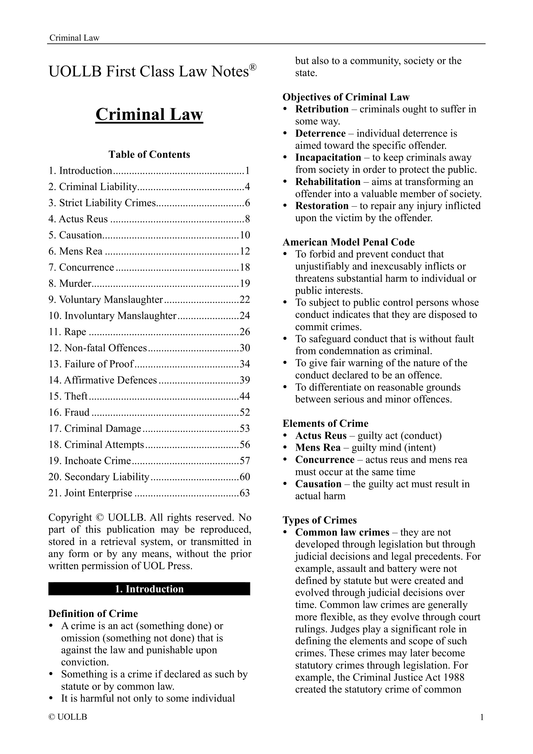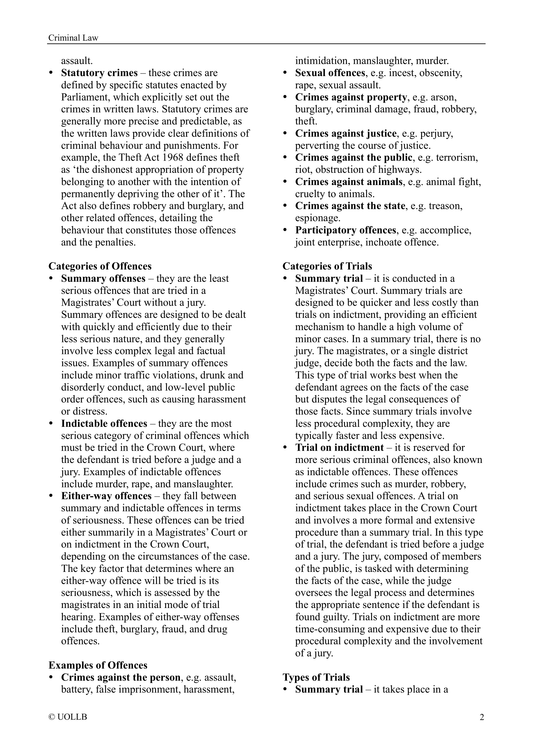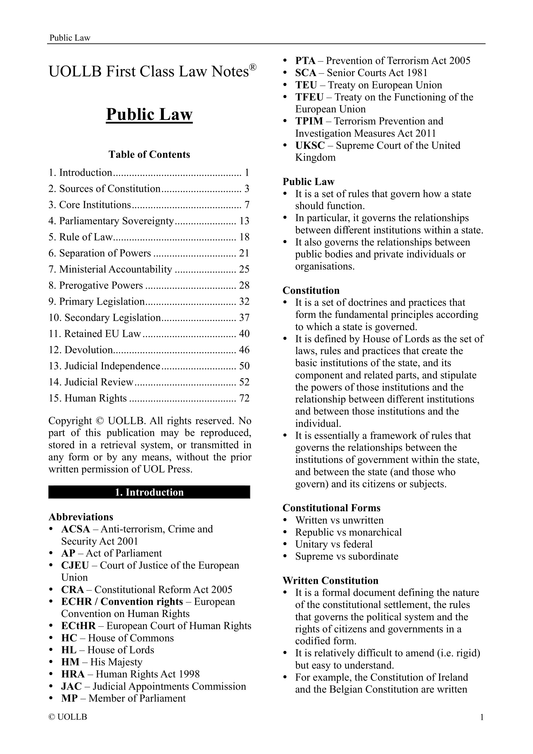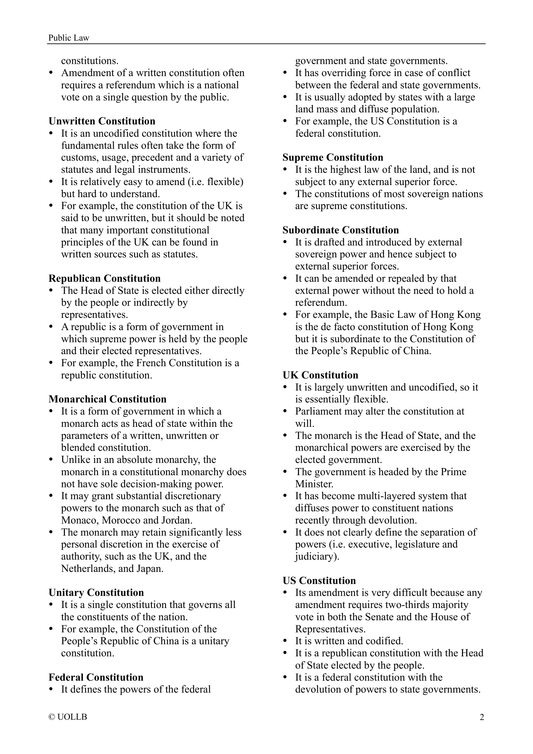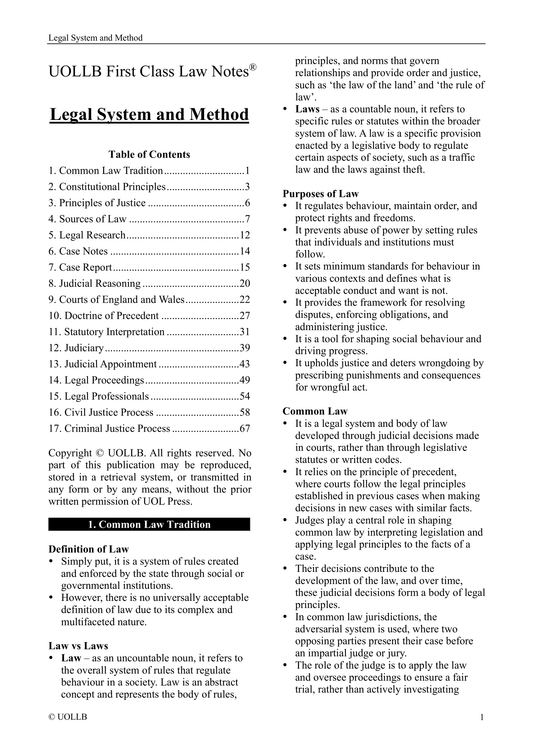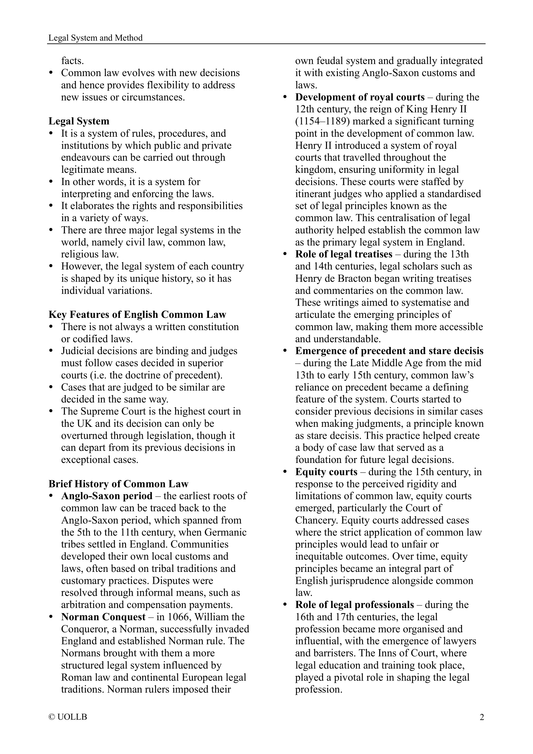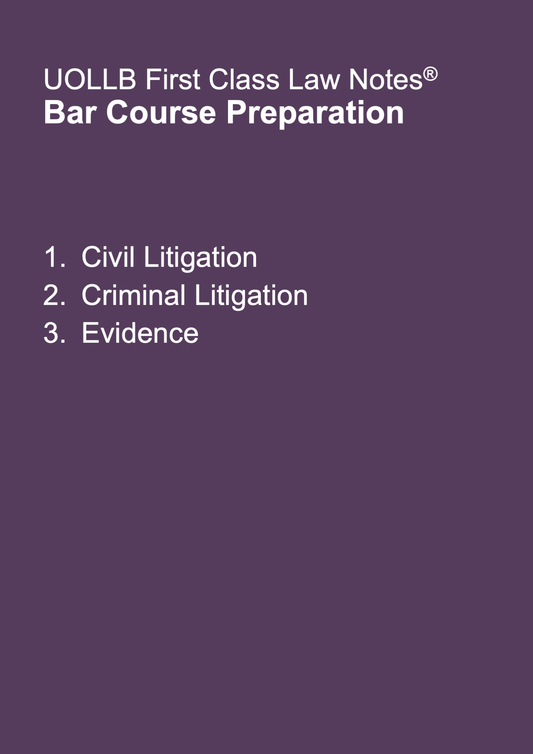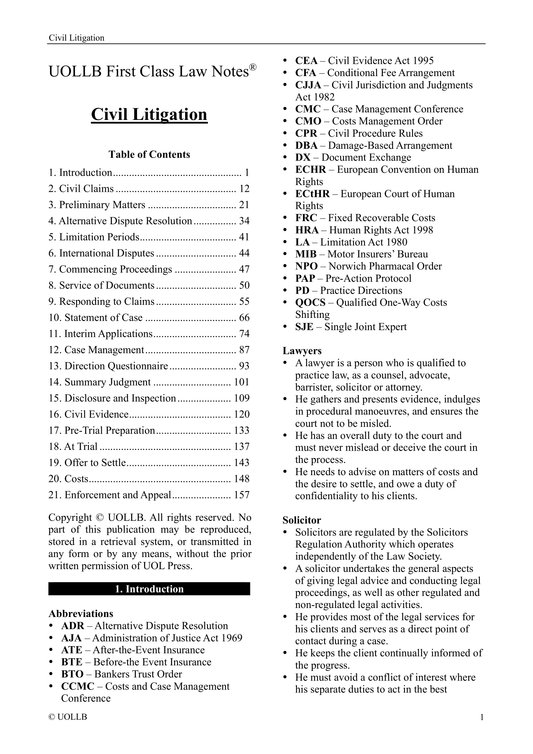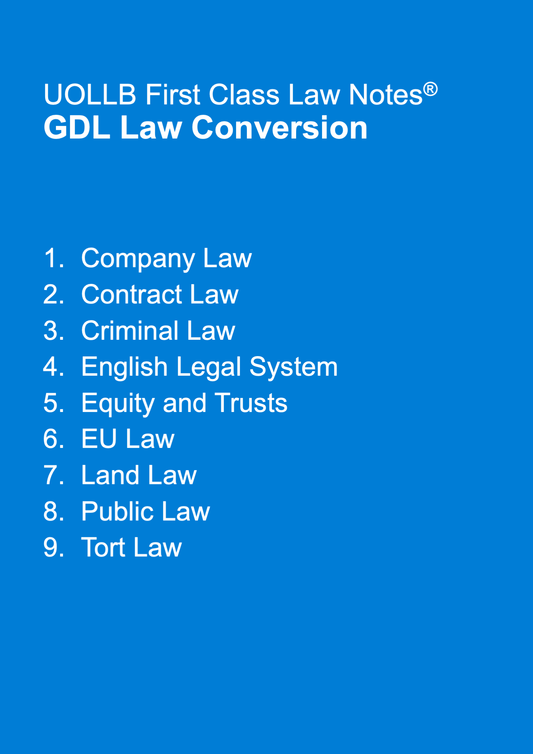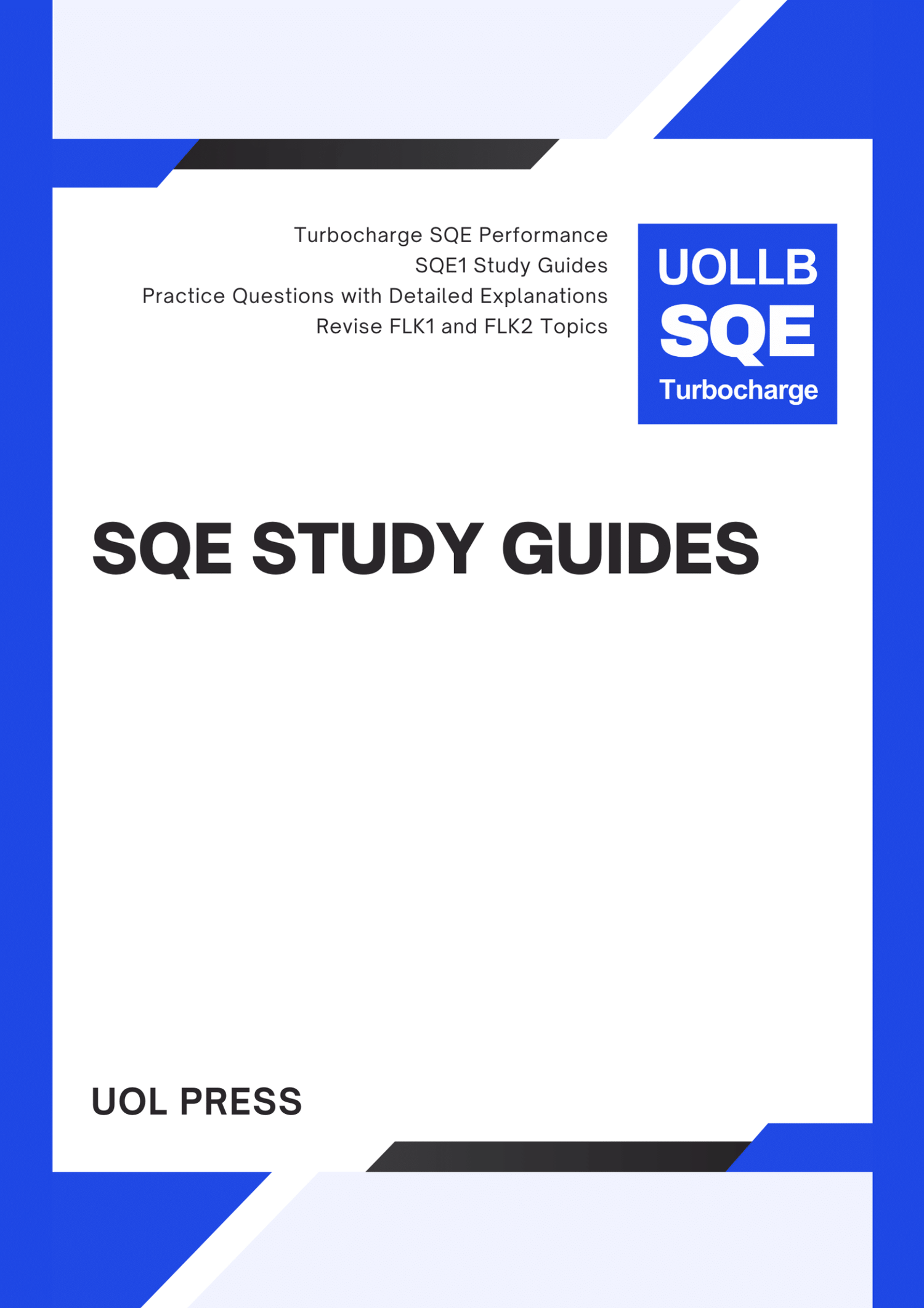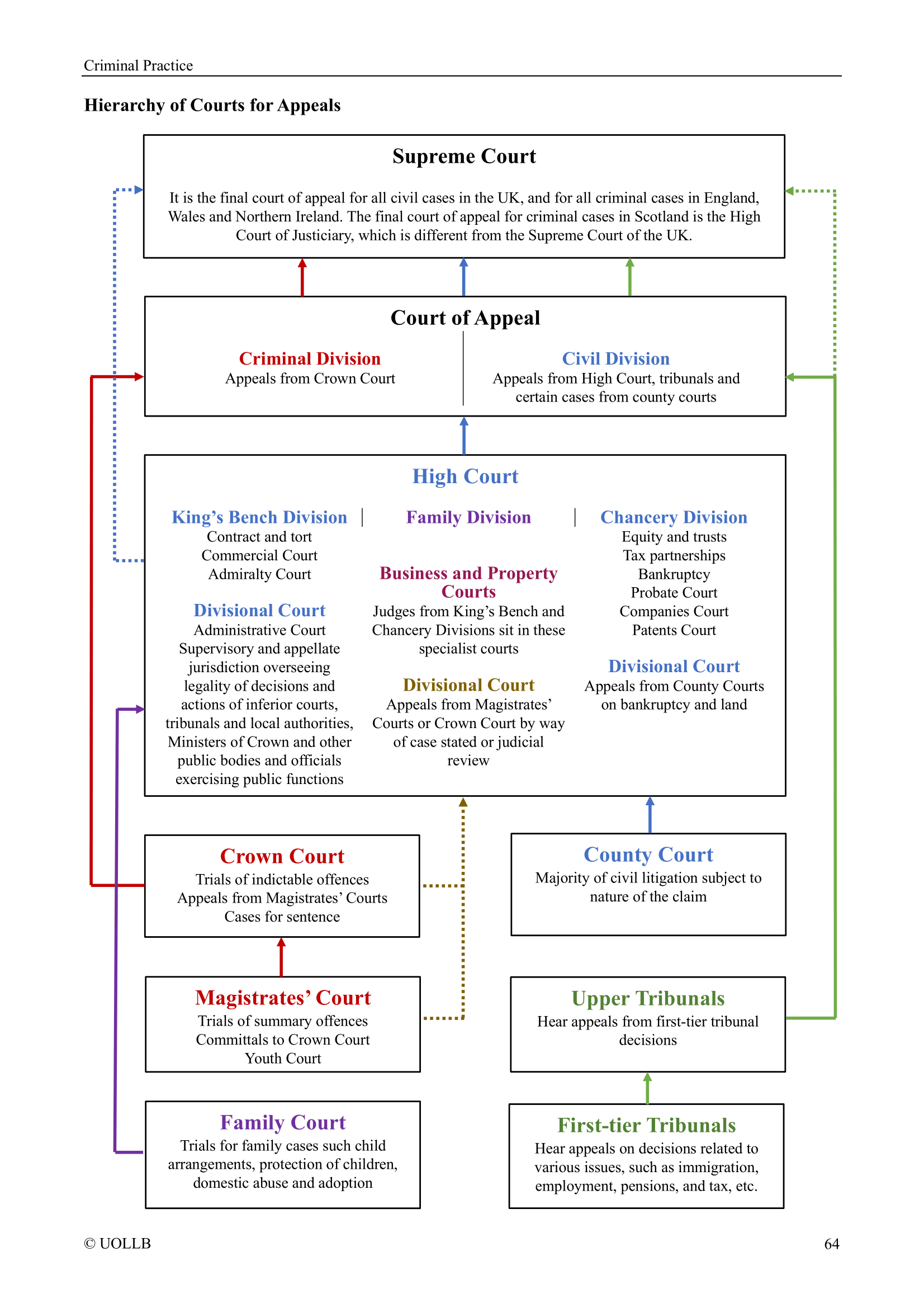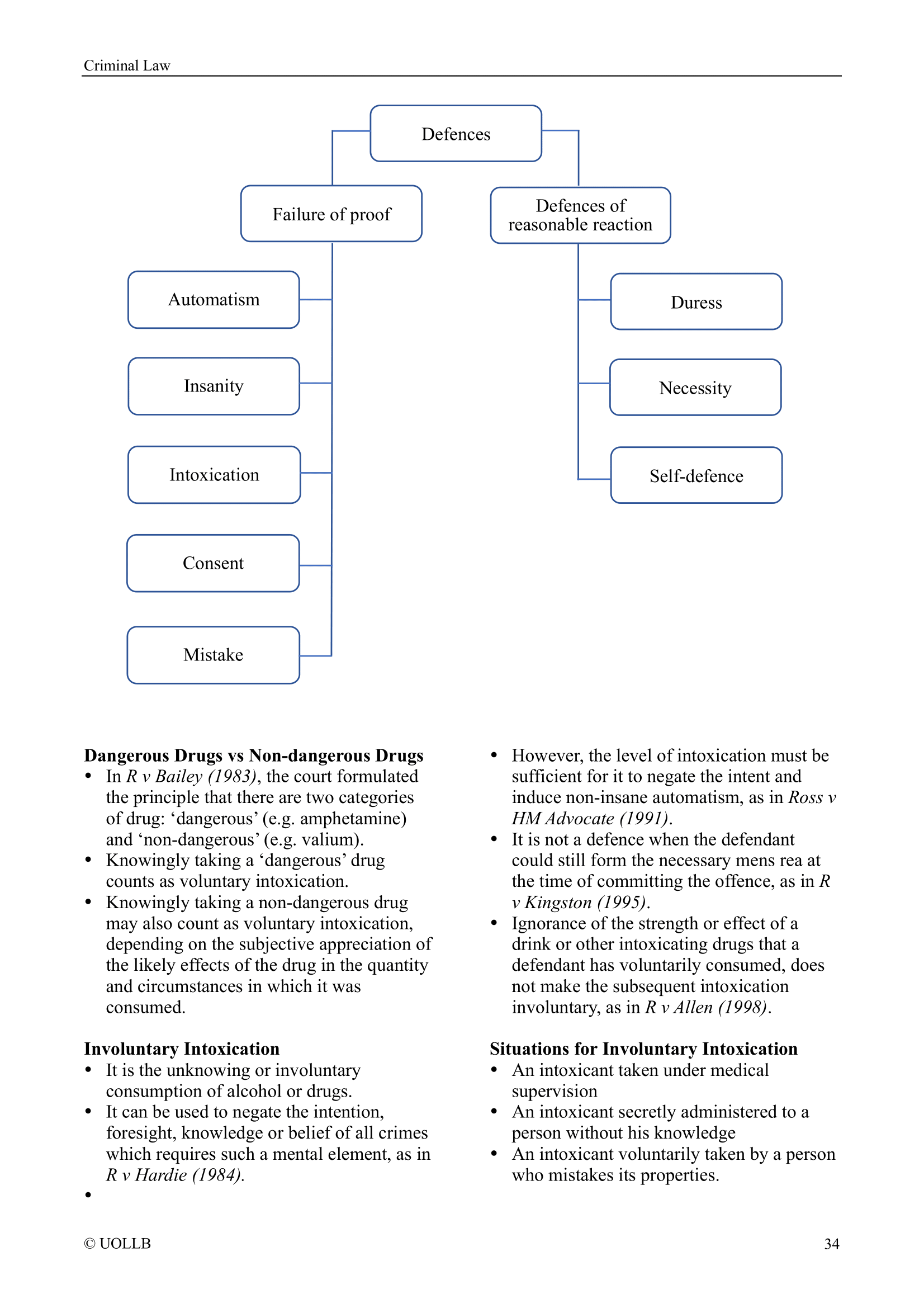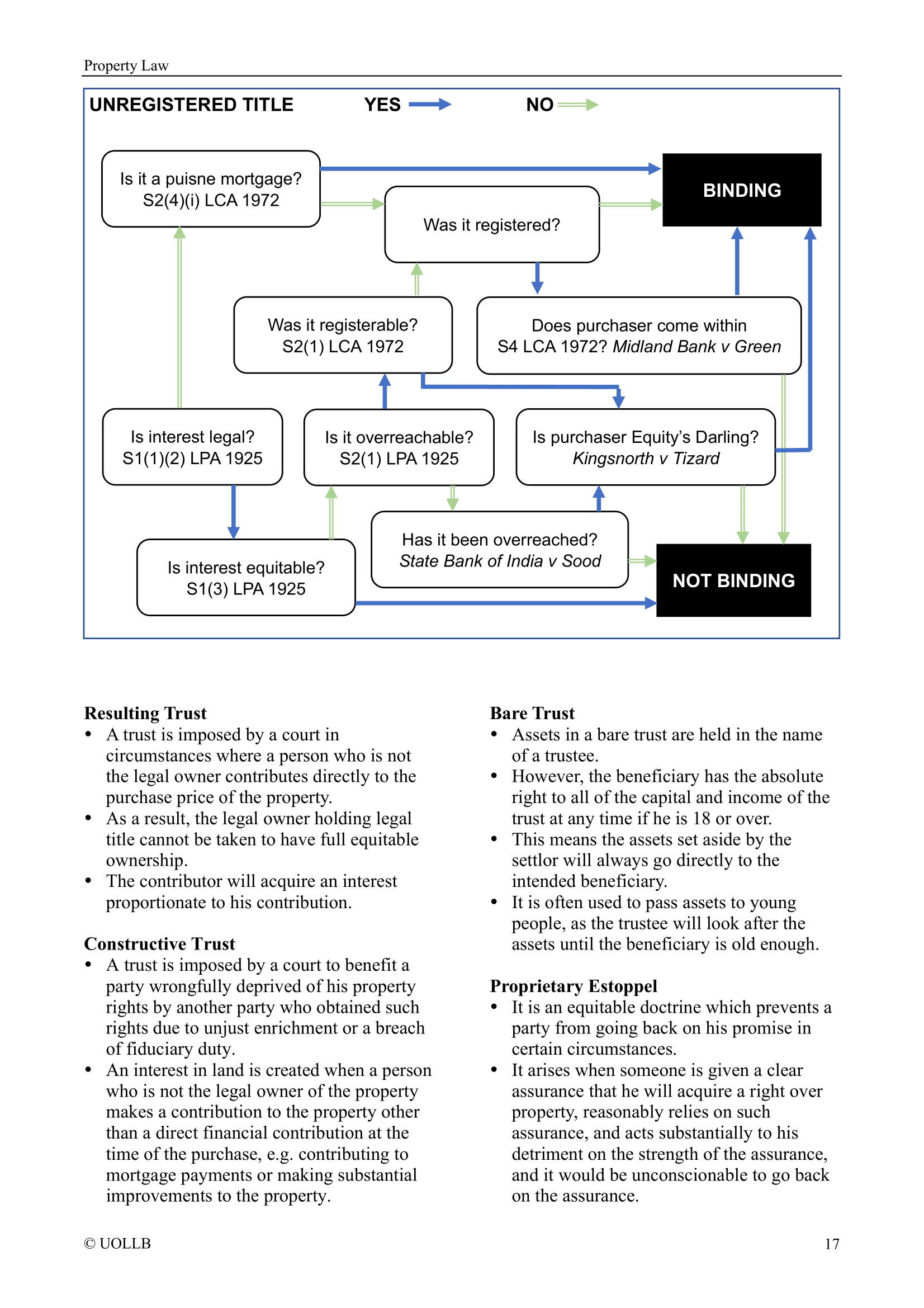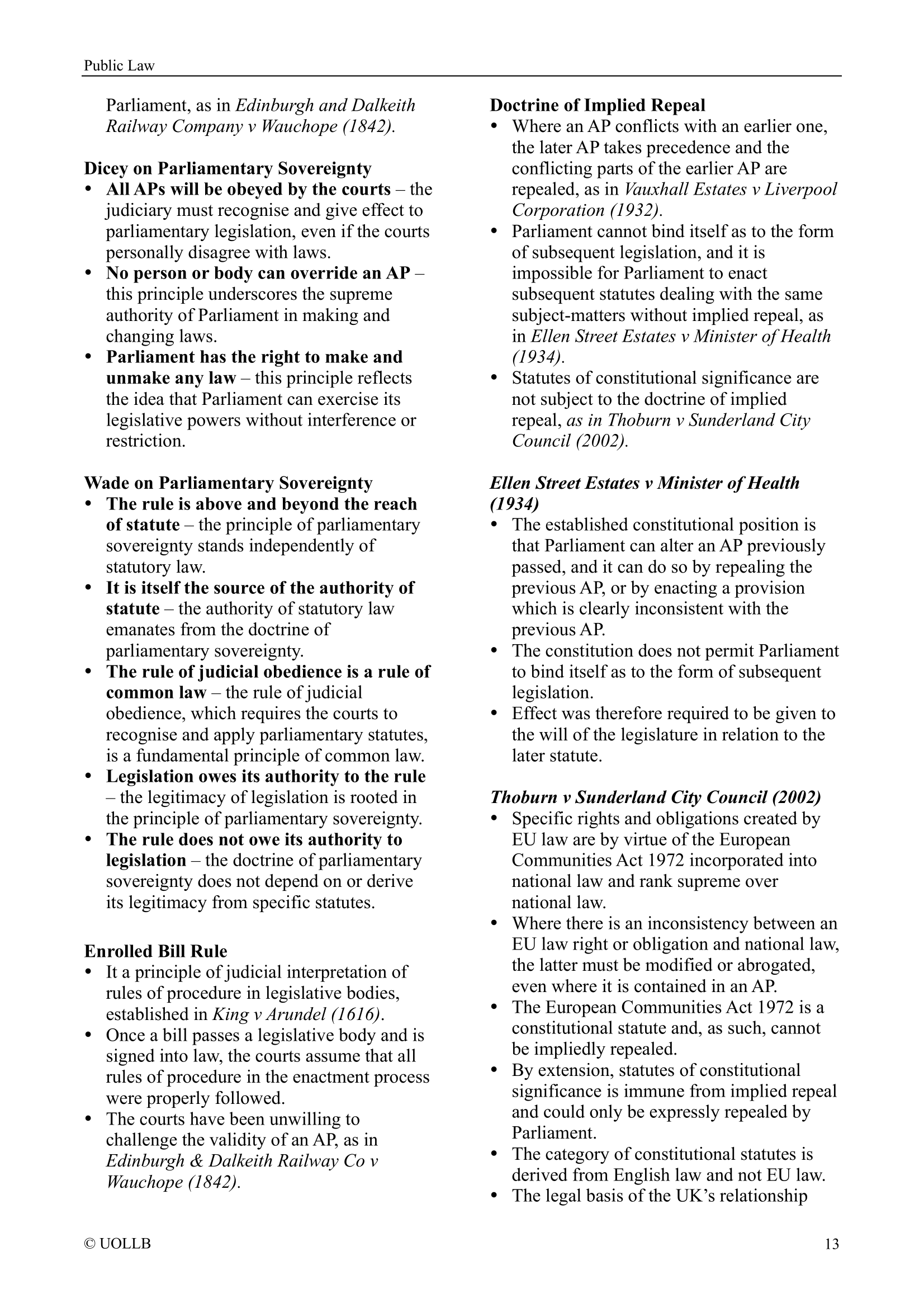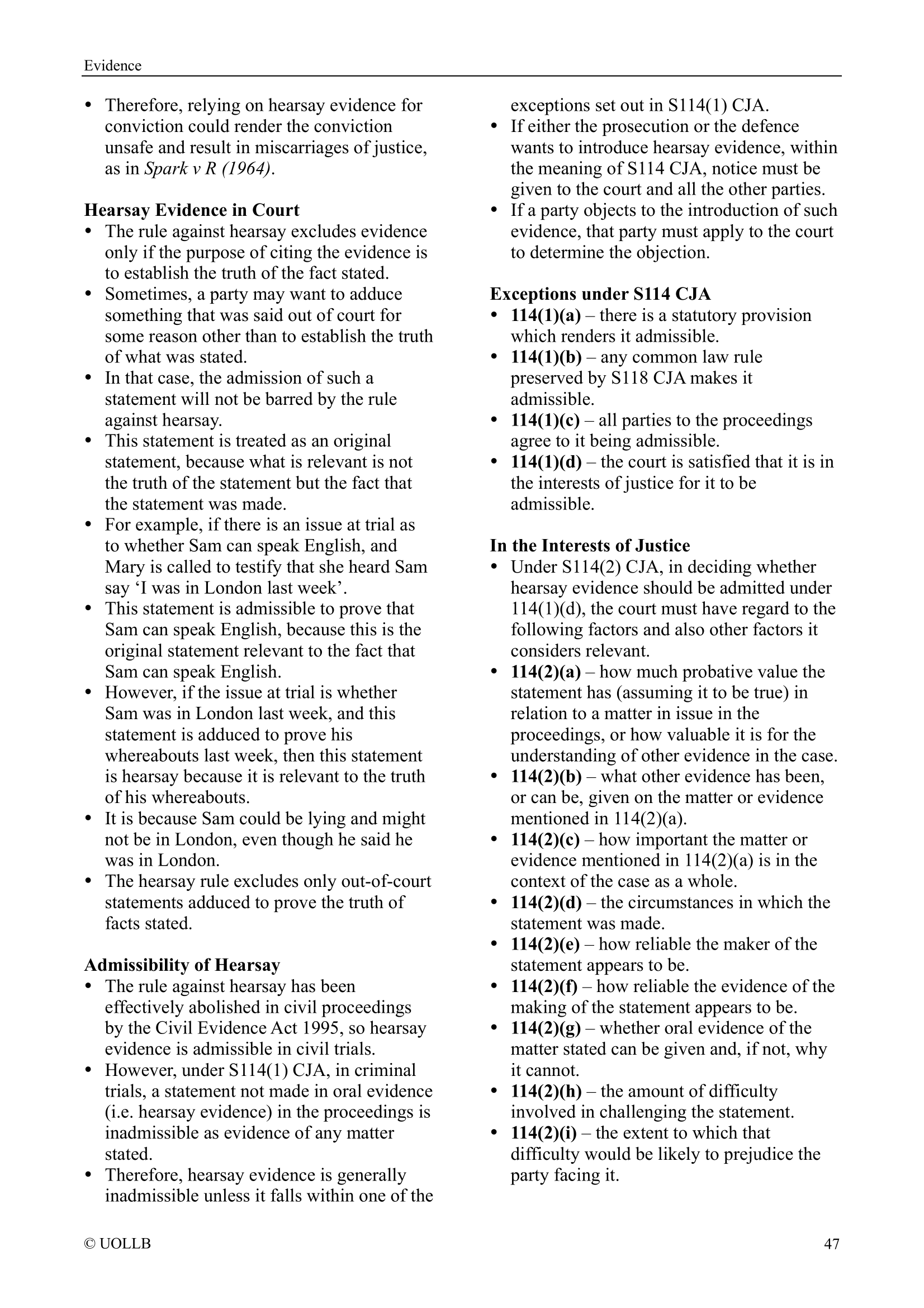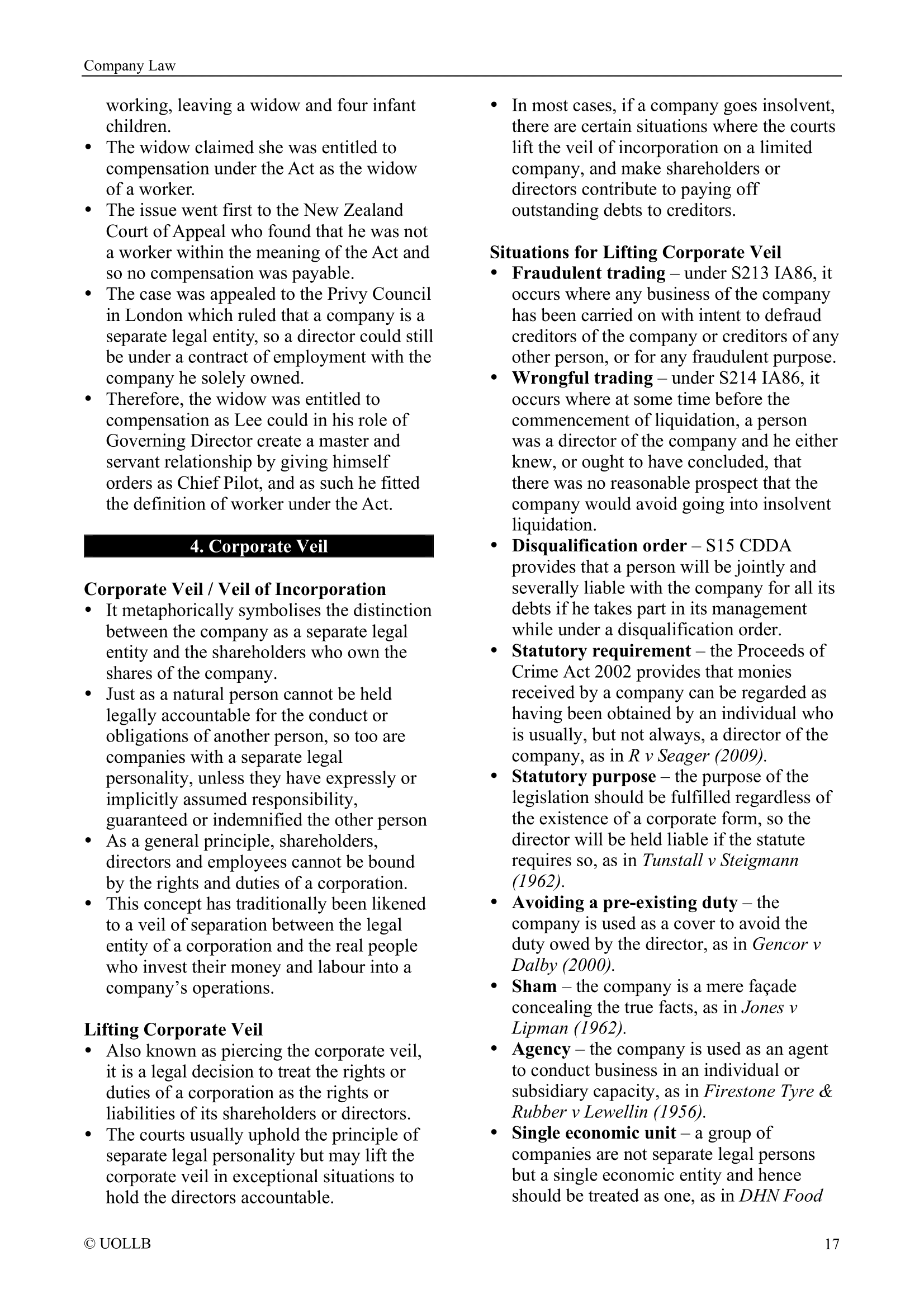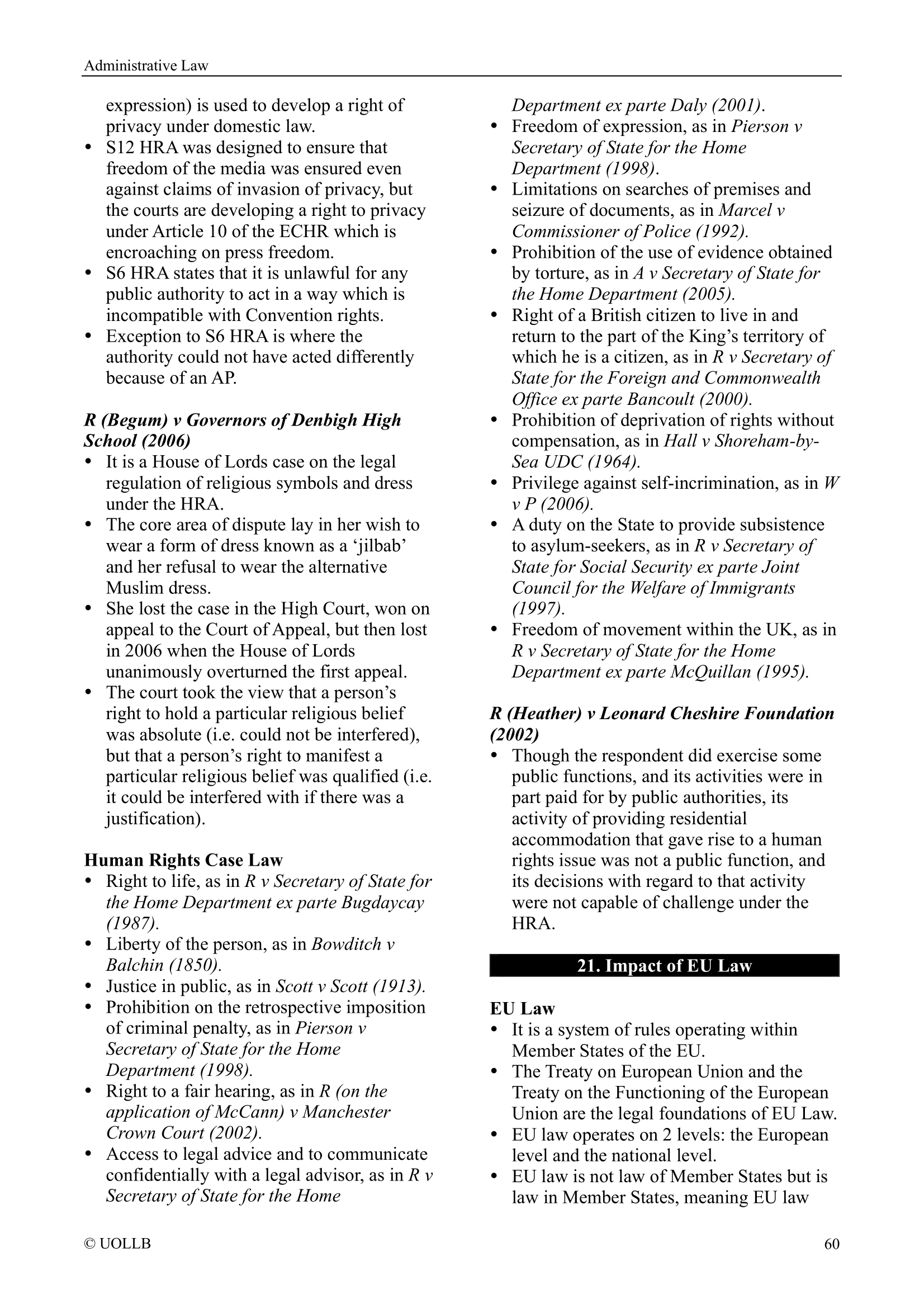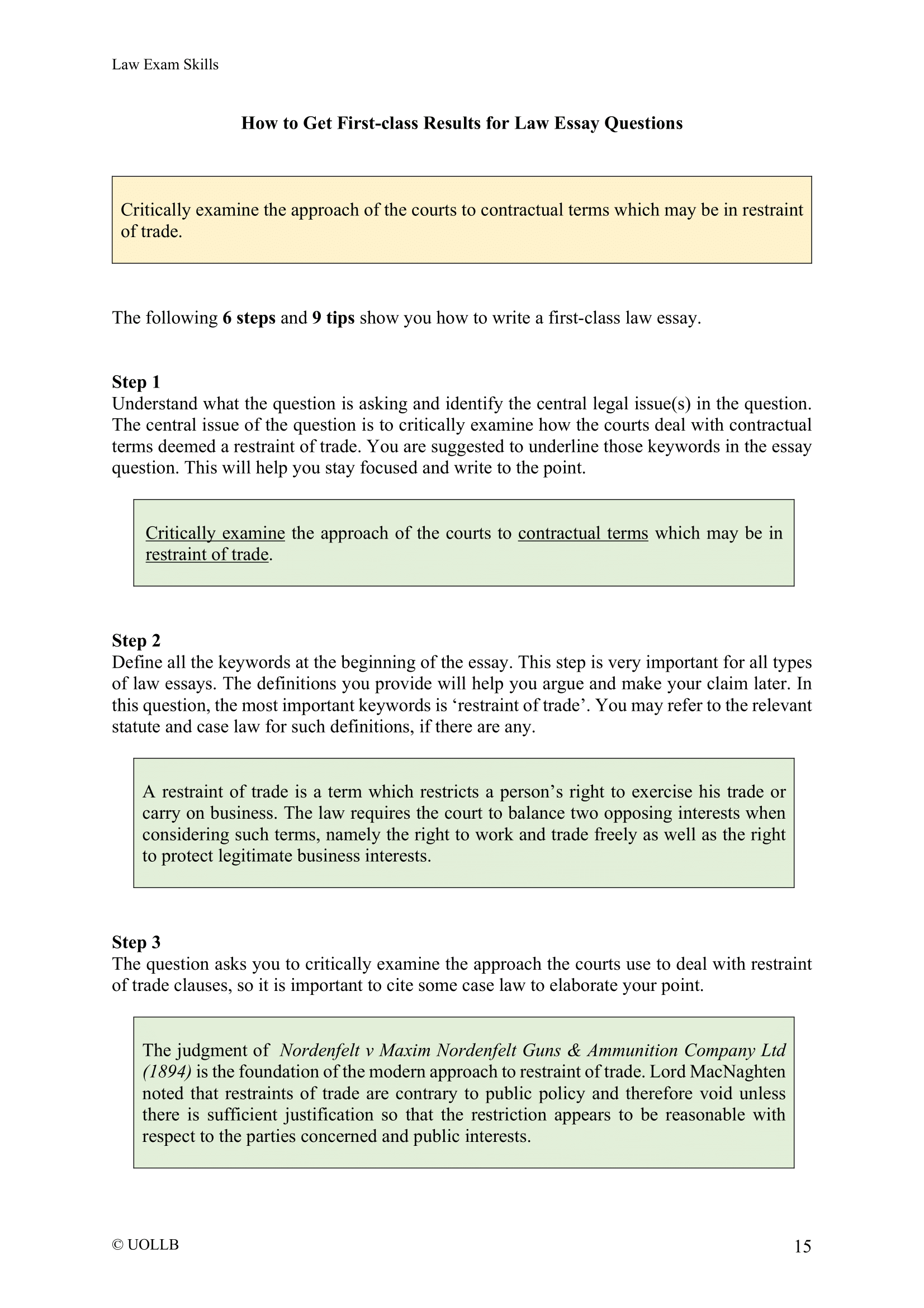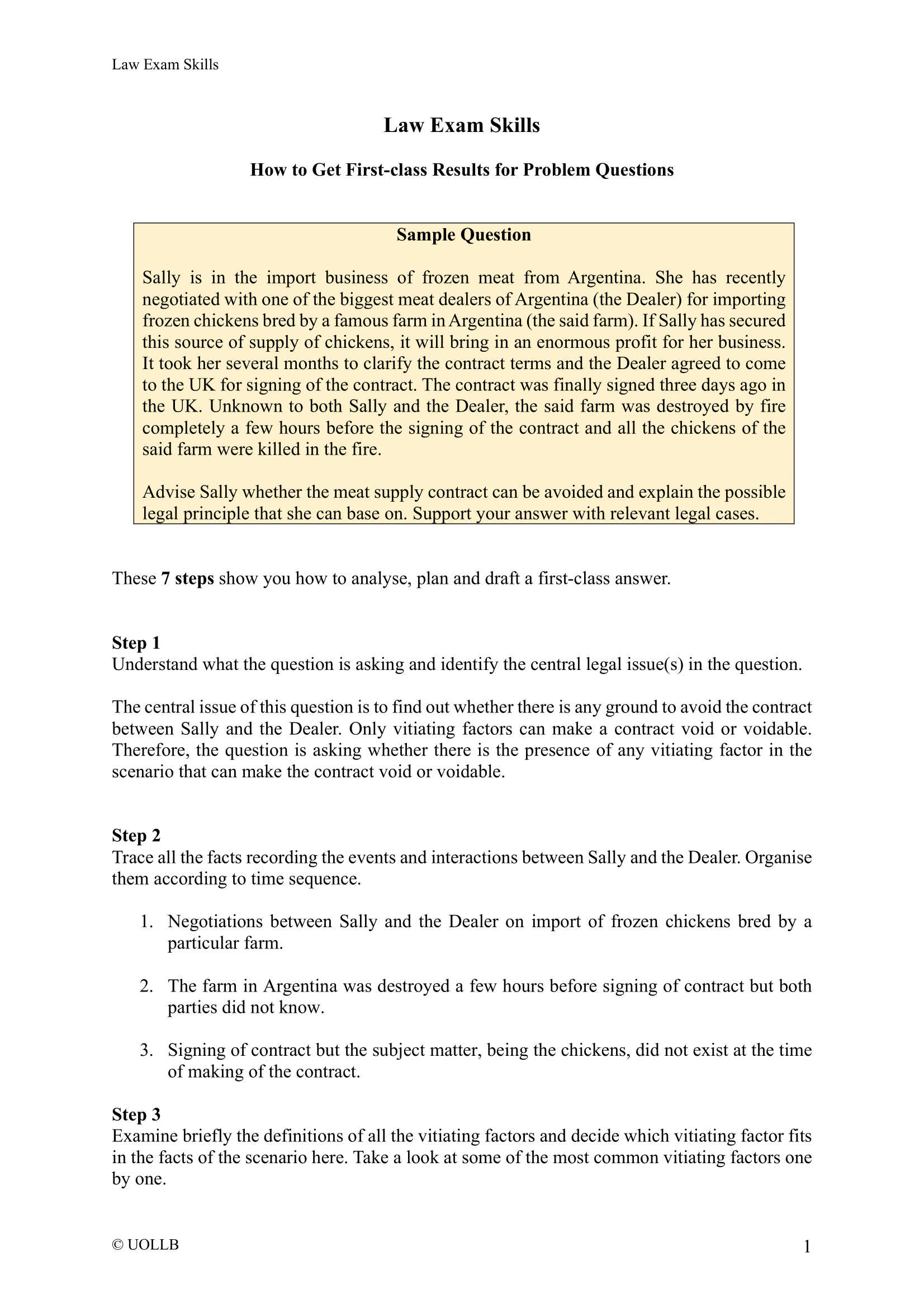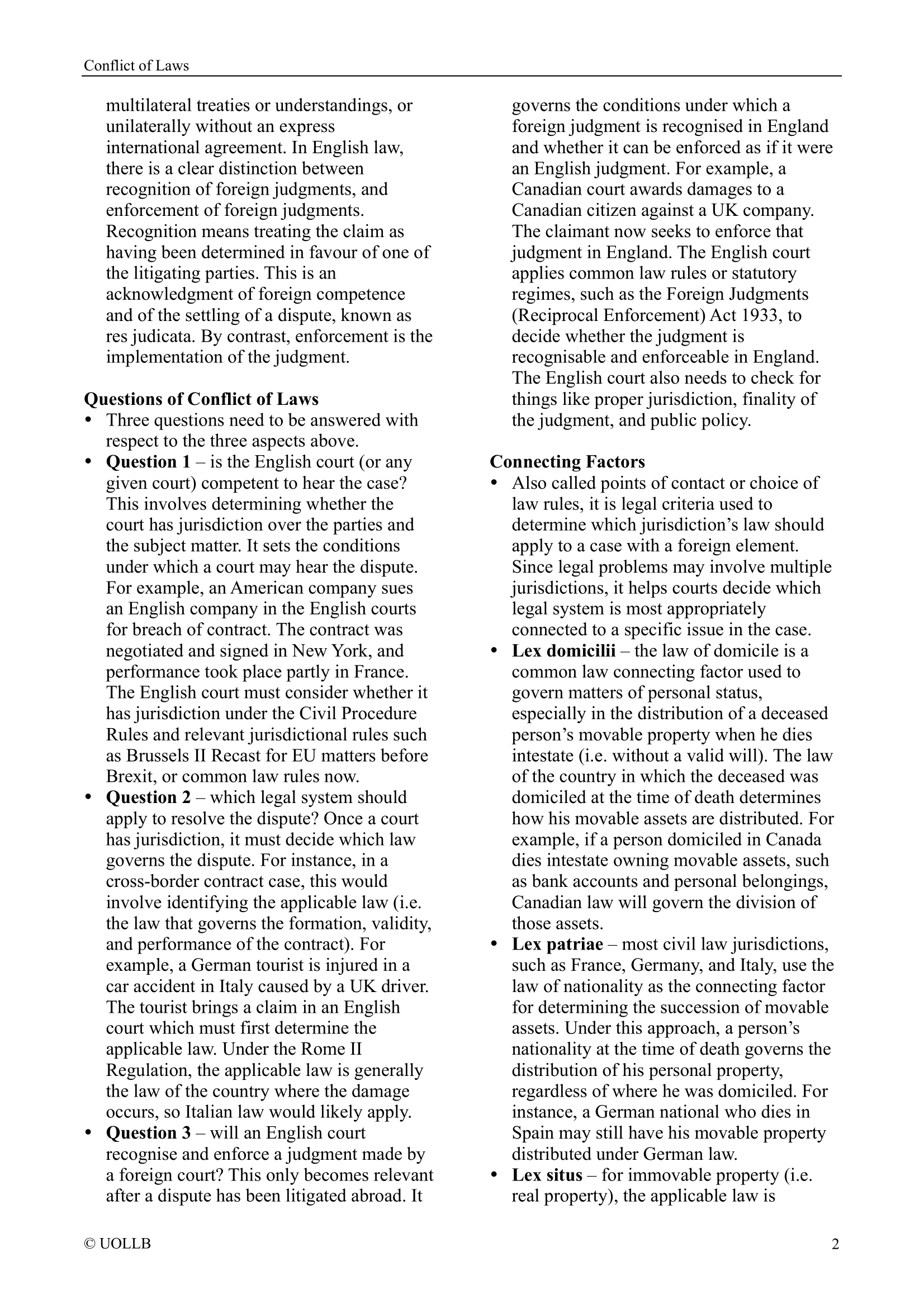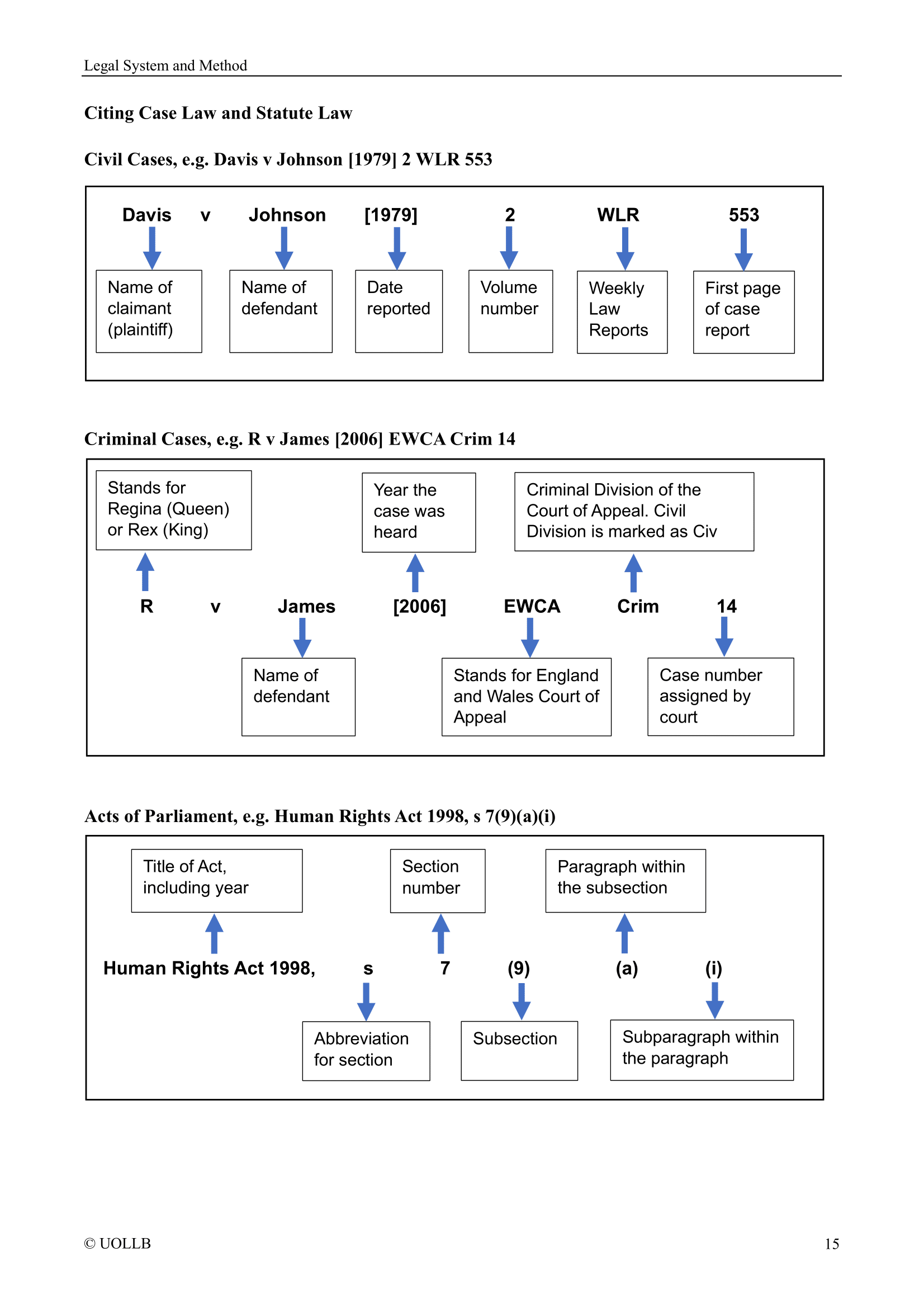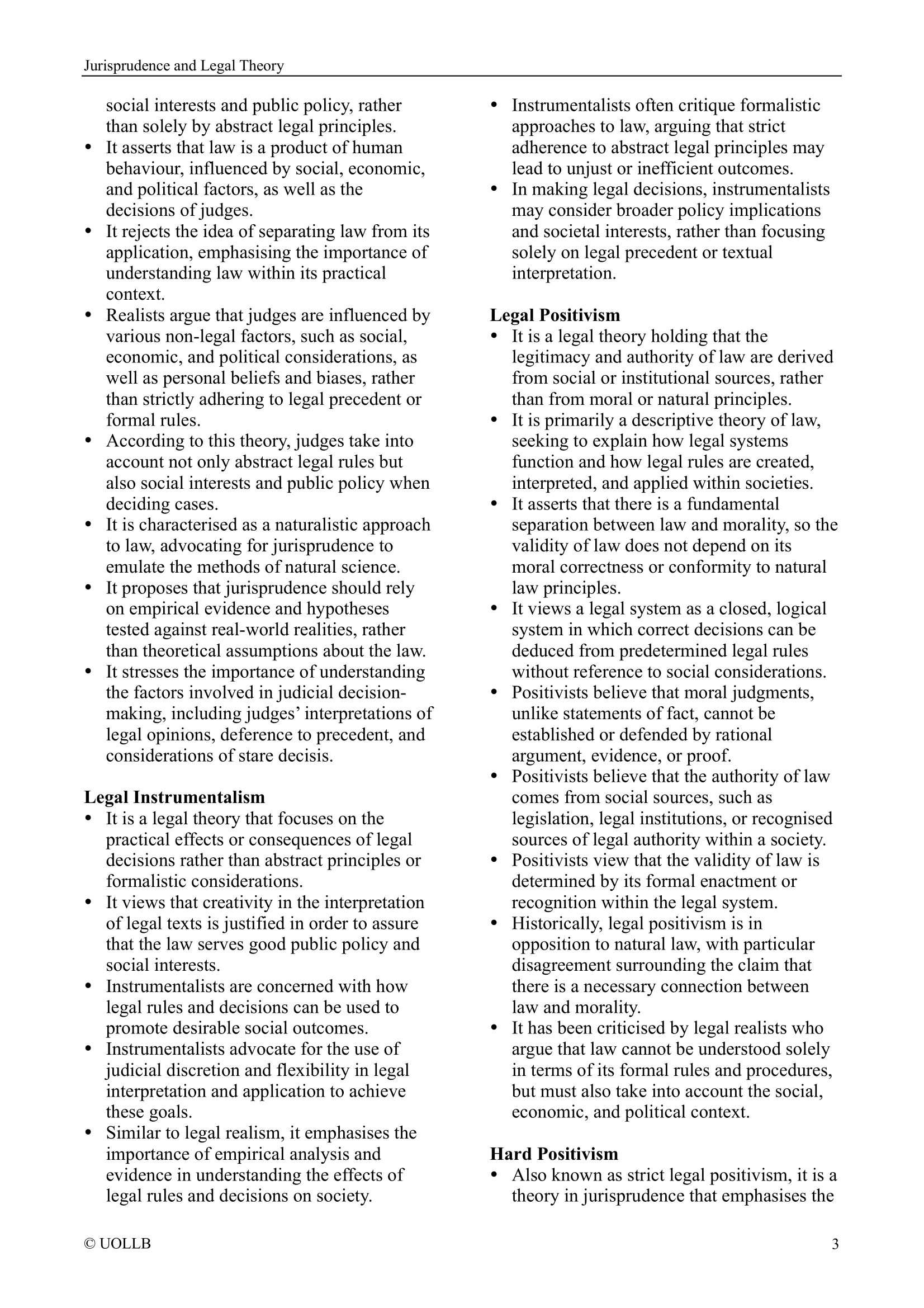Functions of Trademark
Share
Trademarks play a vital role in shaping successful businesses and fostering trust in the marketplace because they identify and differentiate goods or services, build brand recognition and reputation, protect consumers from confusion, provide marketing and advertising tools, offer a competitive advantage, and function as valuable intellectual property assets.
Source identification: The primary function of a trademark is to identify and distinguish the goods or services of one business from those of others. It helps consumers recognise and associate specific products or services with a particular brand, indicating the source or origin of the goods or services.
Brand recognition and reputation: Trademarks play a crucial role in building brand recognition and reputation. A strong and well-known trademark helps establish trust, loyalty, and positive brand associations among consumers. It serves as a symbol of quality, consistency, and authenticity.
Consumer protection: Trademarks provide protection to consumers by enabling them to make informed choices. When consumers see a familiar trademark, they have certain expectations about the quality, features, and performance of the associated products or services. Trademarks help prevent confusion, deception, and misleading practices in the marketplace.
Marketing and advertising: Trademarks serve as valuable marketing tools. They can communicate messages, values, and positioning of a brand in a concise and memorable manner. Trademarks can create brand awareness, attract consumers, and differentiate products or services from competitors.
Competitive advantage: Trademarks give businesses a competitive edge in the marketplace. A distinctive and well-protected trademark can make it difficult for competitors to imitate or create confusion with the brand. It helps establish a unique identity and can contribute to the success and growth of a business.
Intellectual property asset: Trademarks are valuable intellectual property assets that can be bought, sold, licensed, or used as collateral. They contribute to the economic value of a business and can be a significant factor in attracting investors, securing financing, or entering into partnerships.
In summary, trademarks perform important functions in identifying the source of goods or services, building brand recognition and reputation, protecting consumers, facilitating marketing efforts, providing a competitive advantage, and serving as valuable intellectual property assets.

